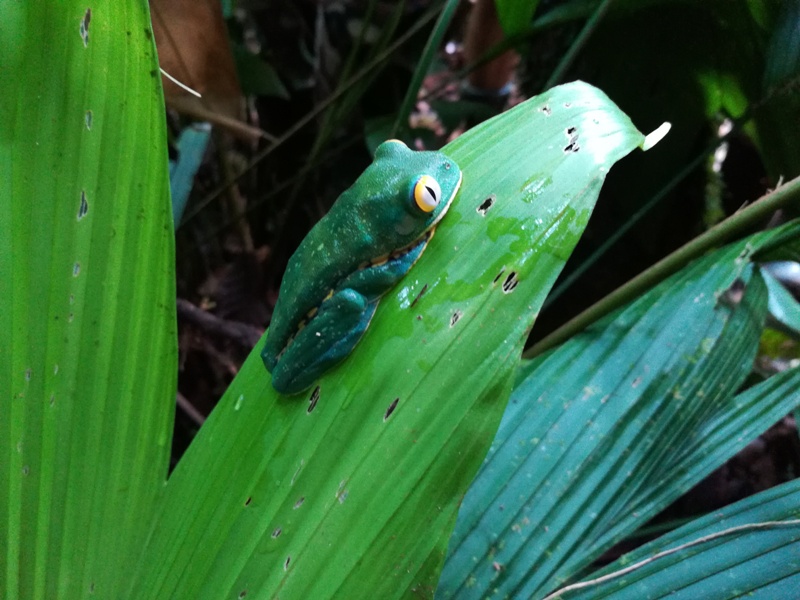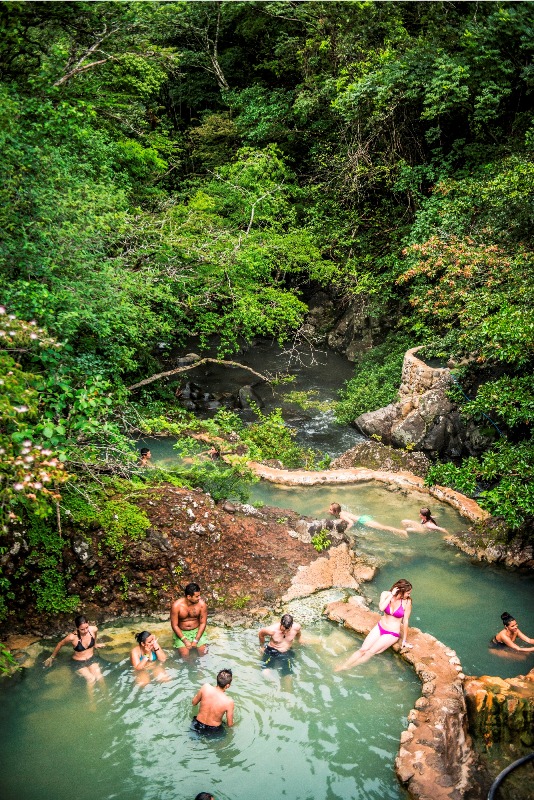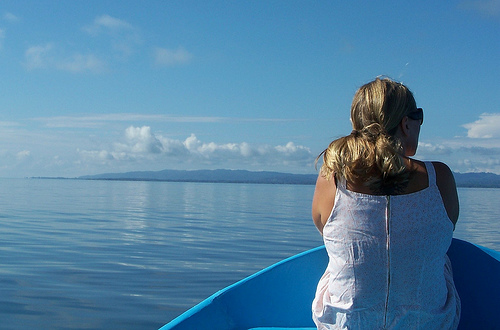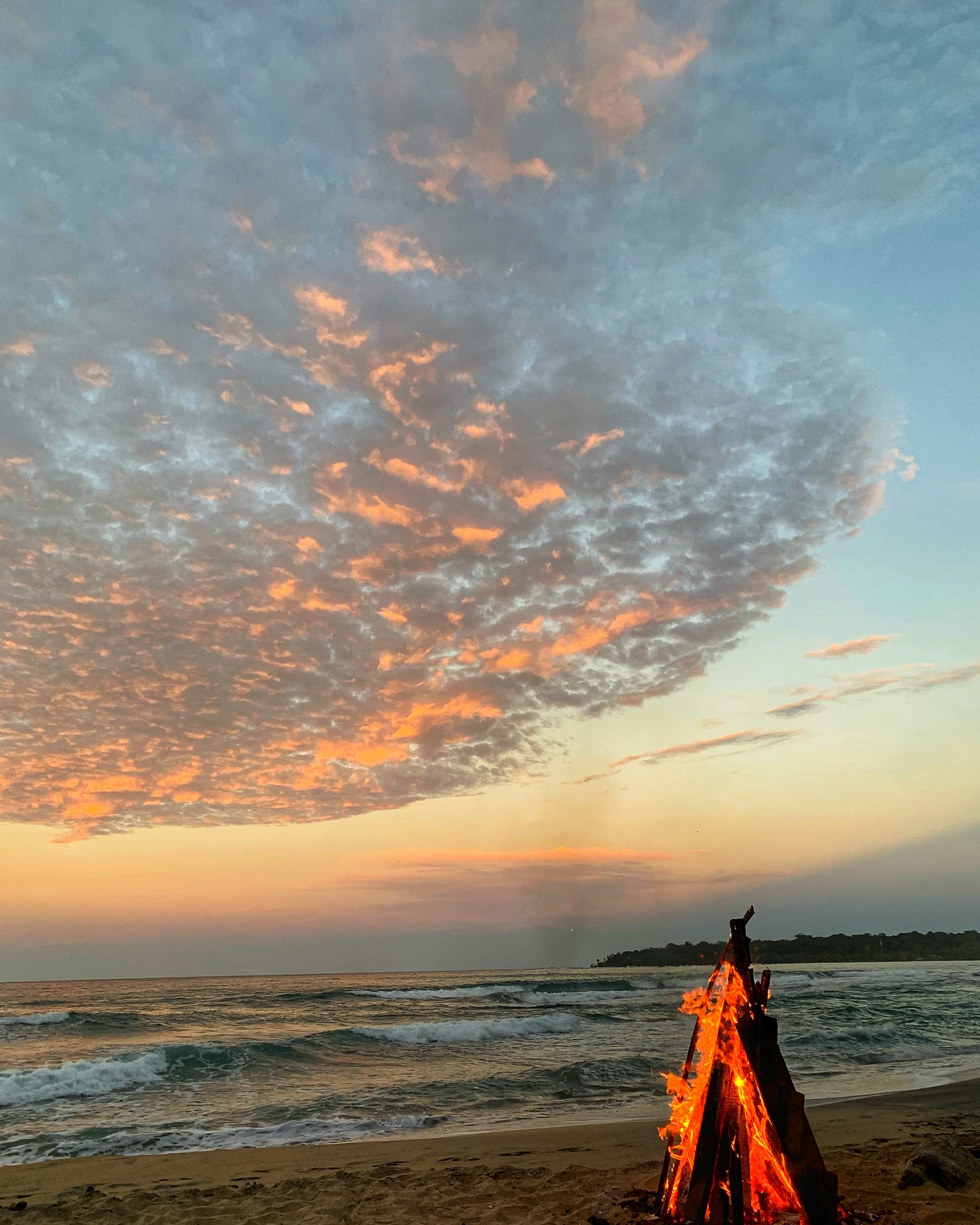Veragua Rainforest in Costa Rica uses biomimicry seminars with Veritas University to inspire innovative, sustainable product design development.
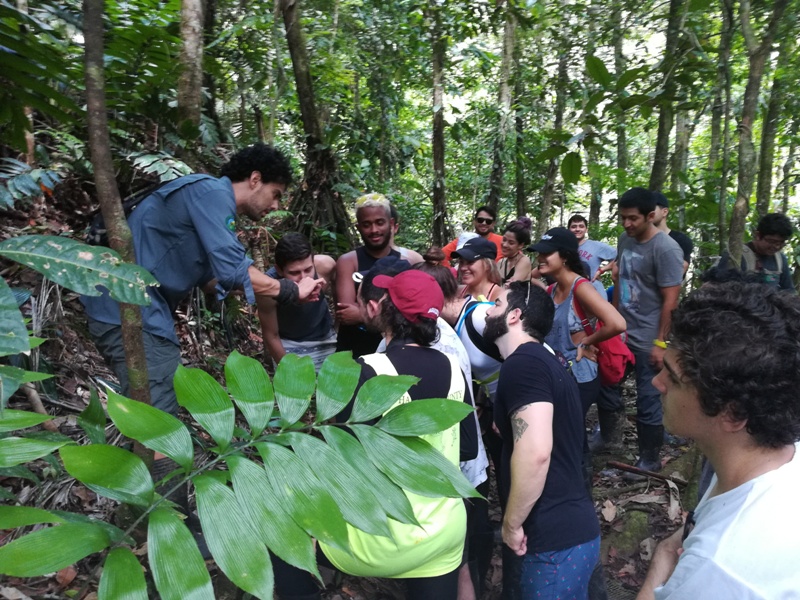
Article by Shannon Farley
Did you know that NASA engineered a new kind of adhesive based on gecko feet? Or that the Shinkansen Bullet Train in Japan corrected a design problem by remodeling the front-end of the train after the beak of kingfisher birds? Believe it or not, design engineers are learning from humpback whales how to create efficient wind power.
All of these innovative designs are based on biomimicry.
“Biomimicry is an approach to innovation that seeks sustainable solutions to human challenges by emulating nature’s time-tested patterns and strategies”, states the Biomimicry Institute. “The core idea is that nature has already solved many of the problems we are grappling with. Animals, plants, and microbes are the consummate engineers. After billions of years of research and development, failures are fossils, and what surrounds us is the secret to survival.”

In Costa Rica, known around the world for its magnificent nature, Veragua Rainforest Eco-Adventure has partnered with Veritas University in a groundbreaking series of seminars and courses that inspire product design based on the movements and forms of animals and plants.
Under the tutelage of Veritas University Professor Juan Guillermo Chica Ramirez, Veritas students in the Schools of Industrial Product Design, Fashion Design, and Digital Animation explore inventive biomimicry design ideas with Veragua Rainforest’s specialized biologists in entomology, herpetology and zoology.
“I teach students about the importance that the planet and nature has for us. Nature has been evolving for millions of years, and all of this evolution brings us the plants, animals and materials that we have today. Only the best designs have survived because only the best species still exist,” said Chica Ramirez, who has been teaching biomimicry in design since 2006. “This is what I tell students so that they understand why we should learn from nature. Nature gives us the best design ideas which are sustainable, and is our best teacher based on millions of years of design refinement.”
His goal is to inspire students to create designs that are sustainable and do not generate trash or destruction on the planet.
Some of the products that Veritas University students have invented include chairs for seniors that allow them to safely sit and stand up without help when they are alone, which are based on movements of the mantis. After studying tiger frog feet, students developed cushioned spring shoes for greater comfort and efficiency when walking all day and long distances, said Chica Ramirez.
“We have developed many products based on our studies at Veragua Rainforest,” he said. “Beginning in 2006, every year I saw that students wanted to learn more and more. So we began holding seminars at Veragua starting in 2010 for students to learn and discover directly out in nature.”
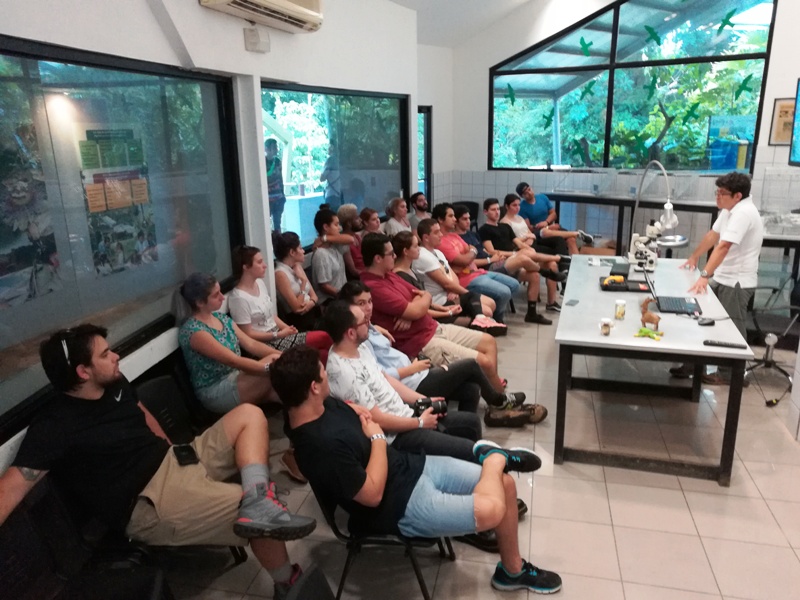
Seminars at Veragua Rainforest in Costa Rica generally go for two to four days, with groups staying in student lodging on site. Days typically begin with lectures by the scientists about natural design and why and how an animal or plant functions as it does. Then groups go out into the forest to observe animals, plants, trees, etc. and their characteristics. Afterward, they return to the lab to put their product designs on paper and on computers.
In October, 20 students from Veritas University attended the most recent three-day seminar at Veragua Rainforest. Together with entomologist Rolando Ramirez and zoologist José Salazar Zúñiga, who is also Coordinator for the Veragua Foundation for Rainforest Research in Costa Rica, the group focused on the structures and movement of animals. For example, they studied how bats land and perch in trees, the forms of frog feet, how snakes move, and how scarab feet work.
Chica Ramirez said the great popularity of his biomimicry design courses is due in large part to the outstanding attributes of Veragua Rainforest.
“Veragua has excellent customer service, excellent resources, and an excellent team of scientists who have a very high level of knowledge about mammals, amphibians, insects, plants, etc.,” said Chica Ramirez. “Veragua has resources you can’t find in other parts of the country since it is a private reserve. It is an area of incredible biodiversity. The best part is that groups can stay directly at the reserve. And Veragua also has fun elements like the canopy tour, the frog area, the butterfly garden and Serpentarium.
“This course is famous at Veritas (University) because of the interesting results of the designs that have been created,” he added. “Veragua Rainforest is an excellent research station and place to investigate nature with an excellent scientific team. It is the best research station and rainforest discovery spot I have ever used.”
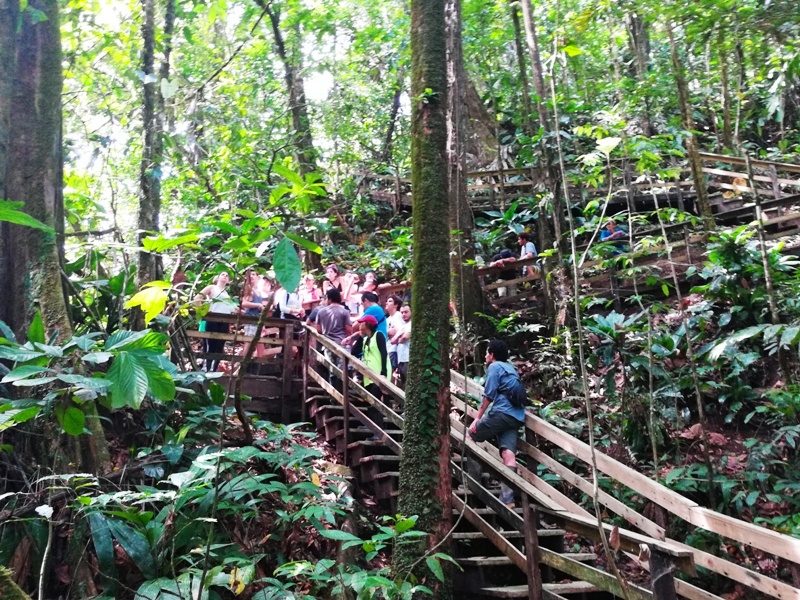
Located in the Central Caribbean region of Costa Rica, Veragua Rainforest is an eco-adventure park and scientific research station on a private rainforest reserve. Students, volunteers, and visitors from around the world can experience the rainforest and participate in hands-on research to learn about biodiversity, sustainability and conservation.
Contact Veragua Rainforest in Costa Rica to find out more about their environmental education programs and seminars.



